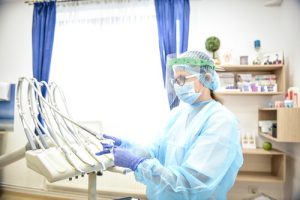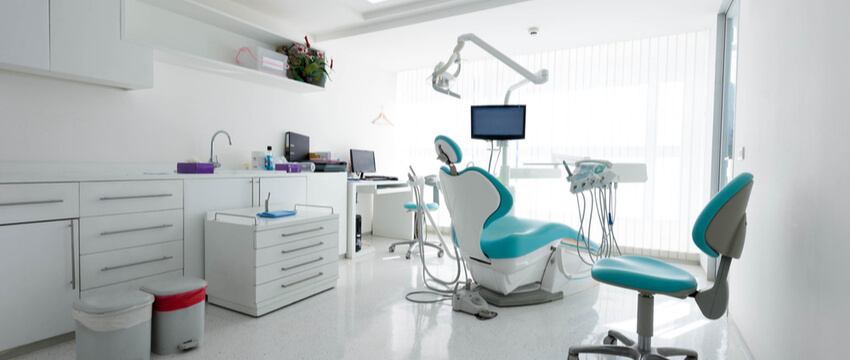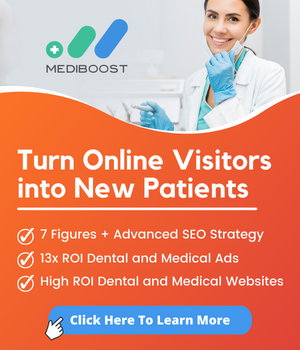Many people confuse the terms “aseptic” vs “sterile.” Although they both have the same goal in mind—to eliminate or reduce potentially dangerous microorganisms—they have critical distinctions in clean rooms and pharmaceutical environments. As widely used contamination-control methods, all healthcare personnel considers both as conceptually distinct.
Asepsis and Sterilisation
The main differences between the two must be understood by anybody working in a clean room. The following are industry-accepted definitions for each:
Asepsis. A surface, item, product, or environment that has been disinfected to prevent infection. Bacteria, viruses, and other dangerous biological creatures are unable to live or proliferate in this environment. Aseptic processing does not generate a sterile environment; it merely keeps it that way.
Sterilisation. Healthcare workers consider sterile conditions or products as ones that do not have any microscopic organisms. While sterility refers to the lack of bacteria, viruses, and fungus, as well as spores, it does not differentiate between pathogens. A sterilisation procedure seeks to remove all live microorganisms from space.
Aseptic and Sterile Conditions: How do they Differ?
Sterilisation process is a drastic procedure that medical environments need to accomplish in a number of ways. For instance, healthcare professionals commonly use this in medical settings to clean surgical equipment and make them sterile objects. Doing so may reduce the chances of spreading any healthcare-associated infections from one patient to another.

Dentists and doctors use Isopropyl alcohol as a typical disinfectant used in small areas. You can also use hydrogen peroxide or peracetic acid droplet foggers to sterilise vast regions. Many dentists use Autoclaves or gamma radiation to sterilise any dental or medical device. On the other hand, sterile dressing techniques use Iodine Povidone to ensure the absence of infection-causing bacteria in your wound.
Because humans are excellent germ carriers, asepsis is essential in cleanrooms where people work. It does not ensure complete sterility. Nonetheless, it fosters a sterile atmosphere by combining cleanroom procedures, training, and the use of gowns and other protective gear.
Through the use of related language, many can already address the major distinctions between the two. A sterilant kills any microbiological life it comes into touch with, whether it’s a liquid or a vapor. An antiseptic kills or inhibits microbial activity on live tissue, whereas a disinfectant kills or inhibits microbe activity on inanimate things, albeit spores may survive.
In a nutshell, sterilisation is the act of removing dangerous germs; asepsis is the primary goal of every ISO-certified cleanroom.
Aseptic Technique
You can use the term “aseptic” conditions in the context of cleanroom processes. It applies not only to the necessity of wearing gowns but also to the requirement of possessing personal protective equipment. This includes surgical/sterile gloves, mask, eye tools glasses, apron, and lab coat.
The standard operating procedure (SOP) of a facility dictates the aseptic technique of a clean room. These frequently contain directives for a physical or chemical procedure such as:

- The time or schedule you update your protective gear
- The sequence you should put on and take off such items
- After wearing protective clothing, tools, and equipment on clean room employees.
- Hand scrubbing for aseptic processing
- Watches and jewelry removal
- Visual assessment of the work environment
- Sanitisation frequency
Sterile technique
We cannot ensure the complete absence of microbes from cleanrooms. In truth, controlling airborne particulates for disease control becomes a bigger problem for medical or dental patients who have chronic wounds. Nonetheless, HEPA filters may capture a wide range of microorganisms to ensure and uphold aseptic processes.
In operating rooms or dental offices where dental experts perform oral surgeries, any amount of microorganisms might infect an open wound. So these medical and dental practitioners require sterilisation, as defined above, as a much more critical process.
A variety of medicinal items must also be sterile. Syringes, ophthalmic formulations, hemodialysis solutions, and sterile medications are among them.
Aseptic vs. Sterile: How they Imply Sanitation
Despite the variations in definitions, you can still see the close link between aseptic technique in a sterile environment. Health workers must consider both it comes to sanitisation. You can do this through the following steps:
Inspection
If a contaminated object comes into touch with a surface or item, experts recommend having it sterilised immediately to prevent risks. All employees working in a cleanroom must be educated to recognise these hazards and ensure that the space is clear of garbage, waste, or contaminated items or equipment.
Cleaning
Cleanroom surfaces must be cleaned on a regular basis, and the cleaning process must be recorded in detail to ensure that correct protocols are followed. Maintain logs of when the cleanroom was sterilised, as well as how and what was used to disinfect it, to verify your team is adhering to all relevant requirements.
Disposal
Keeping a sanitary environment is a never-ending task. Experts recommend proper disposal of materials, rapid wipe-up of any spills, and re-sanitisation of employees who have left and returned to the sterile area as all aseptic activities aimed at establishing a sterile environment.
Aseptic and Sterile Conditions in Dentistry
While using the aseptic method in surgical dentistry necessitates advance preparation and extra precautions both before and during surgical implant operations, it is critical to minimise the risk of cross-contamination or infection.
This is as much for the safety of your patient and team as it is for the safety of your implant practice, as well as an important component of the implant surgery and recovery process. One approach to providing your patients with the gold standard of care in implantology is to make the aseptic technique a normal component of your surgical implant practice.
Wanna know more? Well, you can call Melag Autoclave at (02) 8880 7813 or visit our website to know more about sterilisation and aseptic technique as part of your dental procedure, and how autoclaves play a huge part in it.
References:
What to Know About Aseptic Technique
https://www.webmd.com/a-to-z-guides/what-to-know-about-aseptic-technique
Surgical Aseptic Technique and Sterile Field
What is an aseptic technique?


